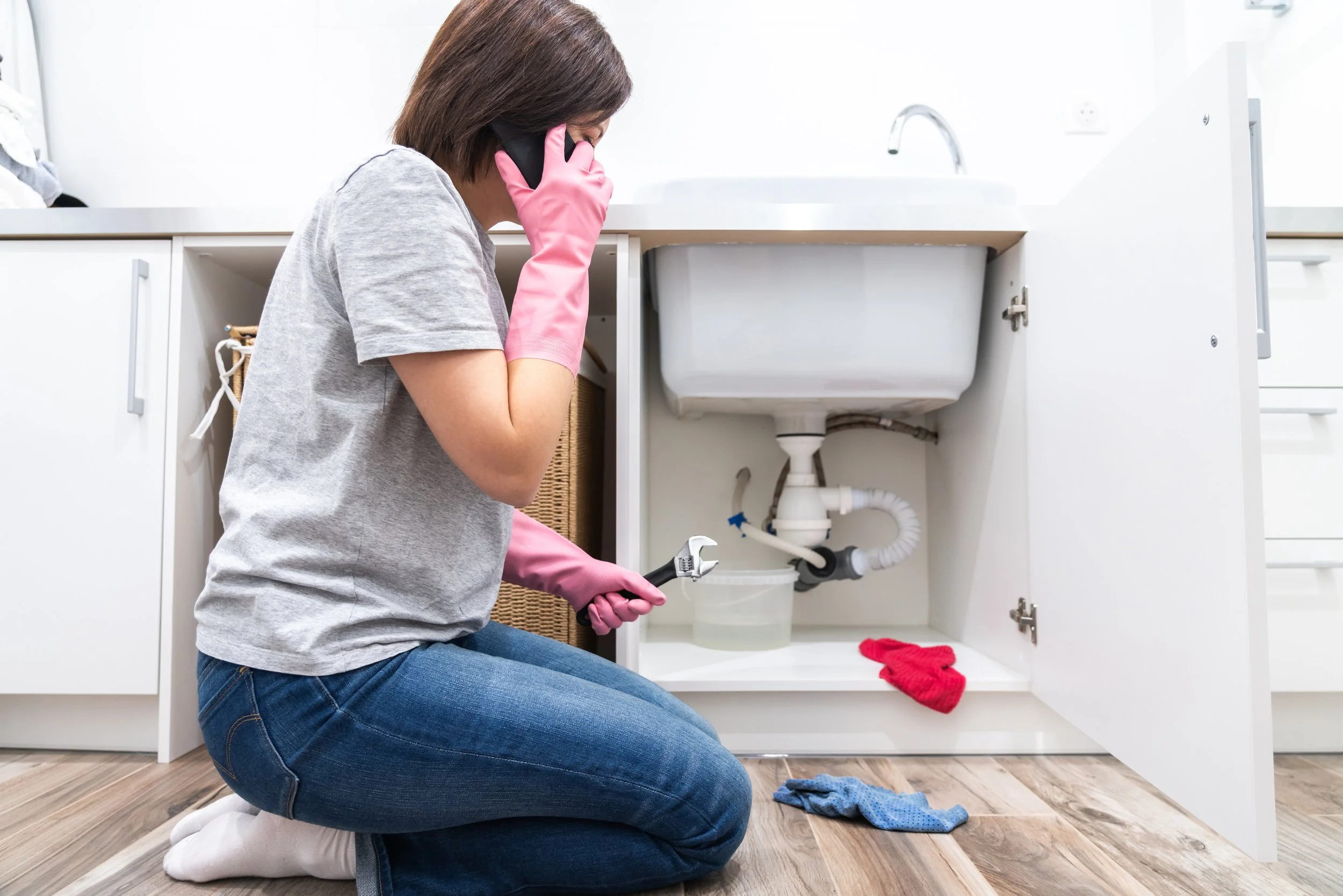How to Fix a Leaky Faucet
The faucets in your home are among the most visible components of your plumbing system. This means that any problems with a faucet in your home are immediately noticeable and often more annoying than a problem elsewhere in your plumbing system. A leaky faucet is one of the most common plumbing problems you'll face, especially if you have older faucets. Fortunately, diagnosing and repairing this problem is one of the easiest do-it-yourself fixes that you can take on as a homeowner.
Stop the Flow of Water
Before you begin disassembling your leaky faucet, you'll need to turn off the water supply. Typically, you'll find the shutoff valve directly beneath the faucet. Make sure to close the valve completely so that you don't have to worry about water squirting out of the open-faced faucet. If your faucet doesn't have its own shutoff valve, you'll need to turn off the flow of water at the main shutoff valve for your home before you can continue.
Remove the Affected Components
Depending on the type of faucet you have, a leak may be caused by components either in the handle or the spout. You'll need to disassemble the affected parts of your faucet so that you can replace the components inside. Most components can be removed by using a small hex wrench on the screws that are typically at the back of the sink faucet and out of view. However, some sinks have screw covers, which will need to be pried off using a flat head screwdriver. Once the cover is removed, you can use an Allen-head screwdriver to remove the screw.
The first component to check is the faucet cartridge. This component can wear out when you turn your water on and off repeatedly. When it gets worn out, small amounts of water can pass through, resulting in a leak.
Replace the Components
Whenever you're working with your faucet, it's important to inspect all of the components, even those that don't seem to be causing a problem. Visually, you can typically see if there are cracks or breaks in the plumbing. Typically, plumbers will recommend replacing any o-rings that are in your faucet, even if they don’t appear to be degrading. That way you don't have to worry about them causing problems later. This will prevent you from needing to disassemble your faucet multiple times as different problems occur.
Reassemble the Components
Once you have replaced all of the damaged components and o-rings, it’s time to put everything back together. Luckily, the way you removed everything is how you’ll also reassemble them. However, if you have forgotten any of the steps, you can check online for how-to videos or even call a local plumber for help.
Test for Proper Repair
After you get your faucet put back together, you need to test it to make sure it's not leaking. Start by turning on the water supply to about a quarter of its maximum flow rate so that you can ensure there aren't any loose connections. Once you're sure there are no leaks, you can turn the water supply on the rest of the way. After that, you'll want to continue to observe for leaks for the next few minutes to be on the safe side.
Know What to Look For
On rare occasions, you may disassemble your faucet to discover that the leak you have is caused by something more complex. Plumbing issues that are incorrectly repaired can quickly cause major damage to your home. Therefore, if you come across a complex plumbing issue, it's best to call in a professional plumber so that you can ensure the problem is fixed correctly.


